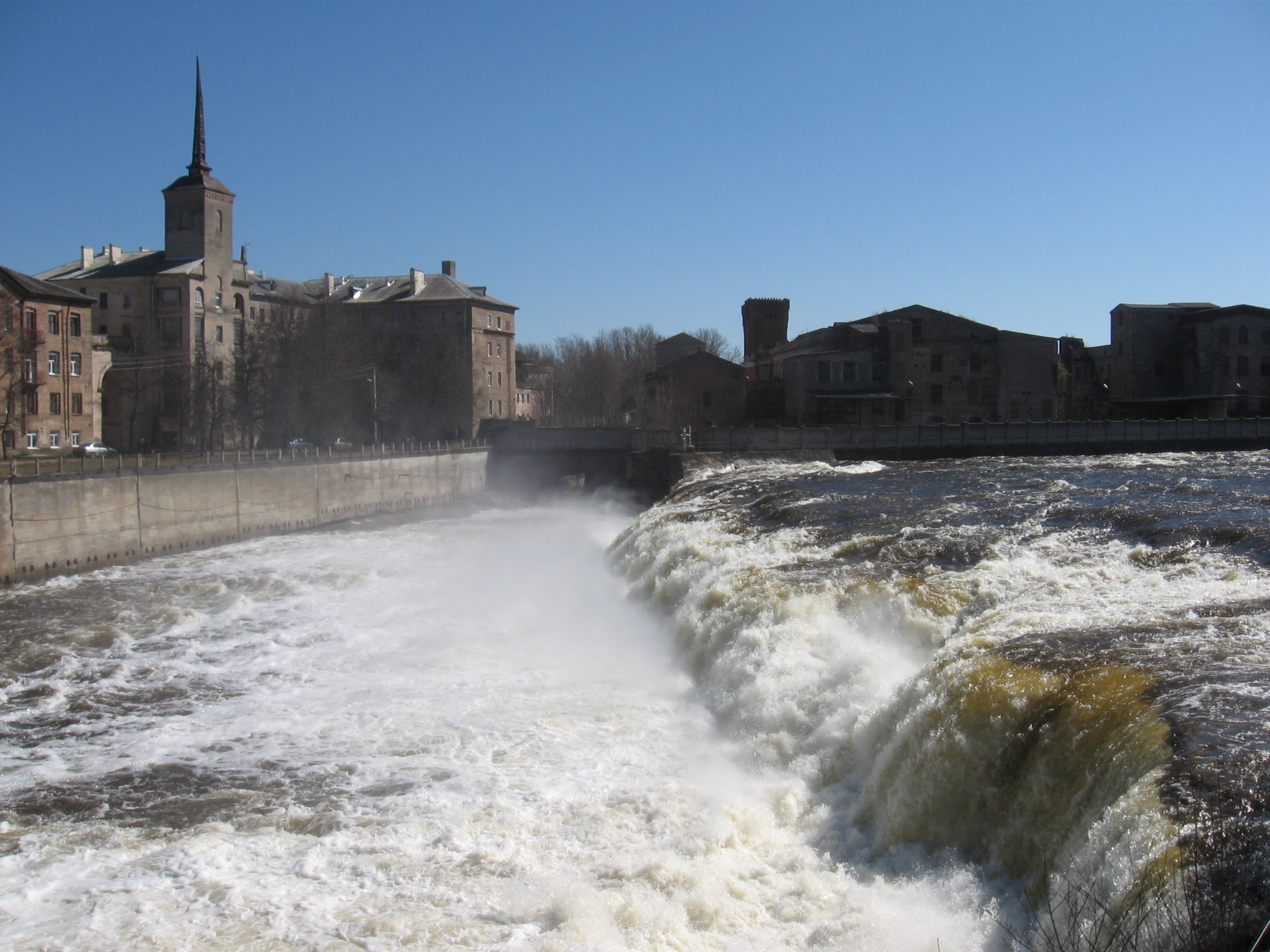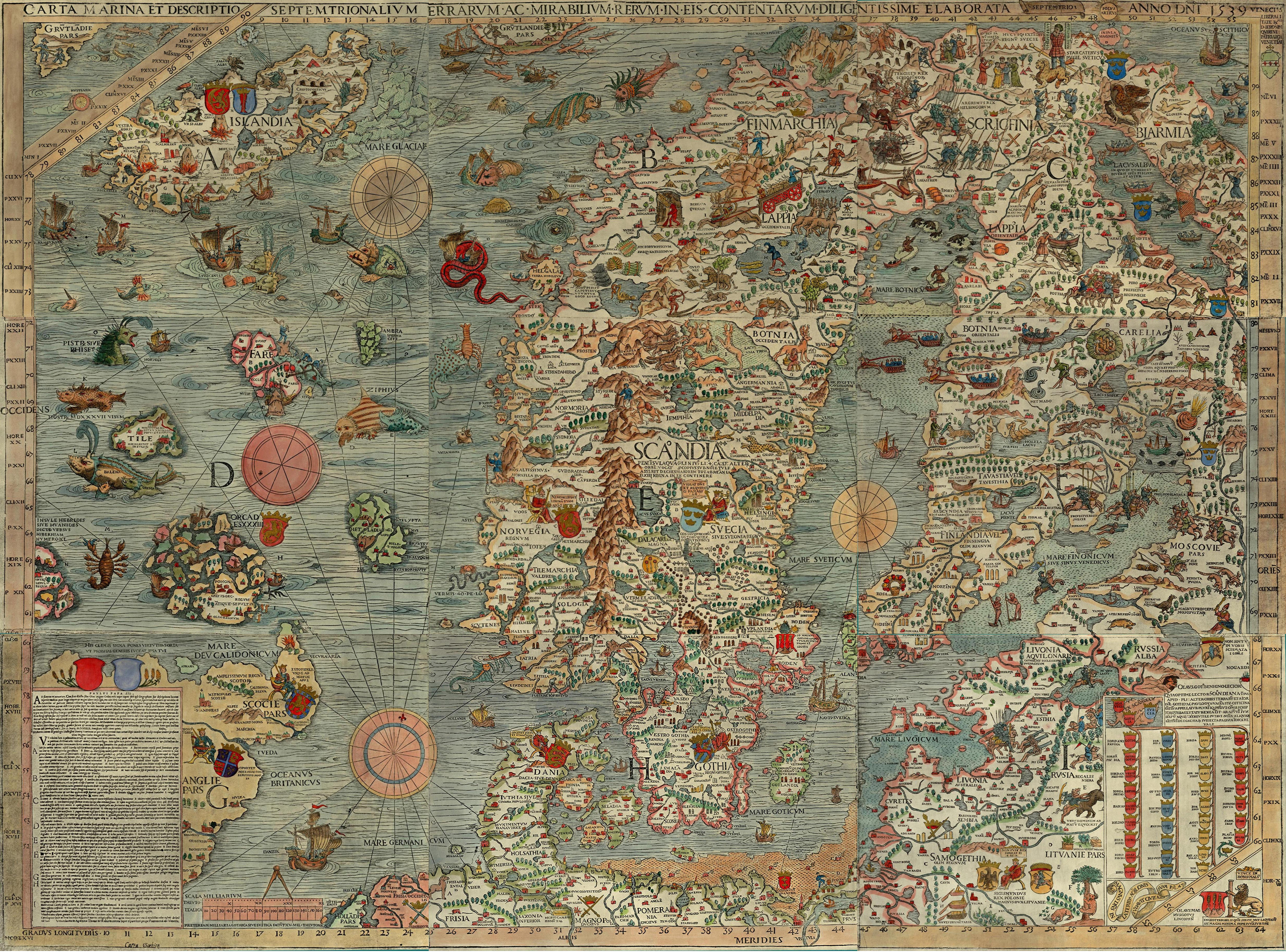|
Inhaber
''Inhaber'', or Proprietor, was a term used in the Habsburg military to denote special honors extended to a noble or aristocrat. The Habsburg army was organized on principles developed for the feudal armies in which regiments were raised by a wealthy noble, called the ''Inhaber'' (proprietor) who also acted as honorary colonel. Originally, he raised the regiment, funded its needs, and received a portion of its revenue, which might be plunder or loot. He also shared in its shame or its honors. Within the Prussian Army, Bavarian Army and other German armies, the title was '' Regimentschef'' (). The Imperial Russian military adopted a similar system. In the United Kingdom there is a similar honorary title called colonel-in-chief. Practical application When the ''Inhaber'' was a famous or royal person, a second colonel was chosen from among the nobility to perform his duties. For example, on 16 September 1789, Friedrich Joseph, Count of Nauendorf, led a successful raid on th ... [...More Info...] [...Related Items...] OR: [Wikipedia] [Google] [Baidu] |
Dagobert Sigmund Von Wurmser
Dagobert Sigmund, Count von Wurmser (7 May 1724 – 22 August 1797) was an Austrian field marshal during the French Revolutionary Wars. Although he fought in the Seven Years' War, the War of the Bavarian Succession, and mounted several successful campaigns in the Rhineland in the initial years of the French Revolutionary Wars, he is probably most remembered for his unsuccessful operations against Napoleon Bonaparte during the 1796 campaign in Italy. Although initially in the Army of France during the Seven Years' War, Wurmser left France after Louis reached a peace agreement with Britain, and joined the military of the House of Habsburg. He later took part in the short-lived War of the Bavarian Succession, also called the so-called ''Kartoffelkrieg'' (Potato War). During the French Revolutionary Wars, Wurmser commanded several imperial Habsburg armies on in the Rhine River valley between 1793 and 1795, and perhaps his most conspicuous achievement was the taking of the lines ... [...More Info...] [...Related Items...] OR: [Wikipedia] [Google] [Baidu] |
Regimentschef
Colonel-in-Chief is a ceremonial position in an army regiment. It is in common use in several Commonwealth armies, where it is held by the regiment's patron, usually a member of the royal family. Some armed forces take a light-hearted approach to the position, appointing animals or characters as colonel-in-chief. The Norwegian Army, for example, appointed a king penguin named Sir Nils Olav as a colonel-in-chief.Norwegian Consulate in Edinburgh. History Historically a ''colonel-in-chief'' was the ceremonial head of a , usually a member of a European country's royal family. The practice extends at least back to 1740 in |
Dragoons
Dragoons were originally a class of mounted infantry, who used horses for mobility, but dismounted to fight on foot. From the early 17th century onward, dragoons were increasingly also employed as conventional cavalry and trained for combat with swords and firearms from horseback. While their use goes back to the late 16th century, dragoon regiments were established in most European armies during the 17th and early 18th centuries; they provided greater mobility than regular infantry but were far less expensive than cavalry. The name reputedly derives from a type of firearm, called a ''dragon'', which was a handgun version of a blunderbuss, carried by dragoons of the French Army. The title has been retained in modern times by a number of armoured or ceremonial mounted regiments. Origins and name The establishment of dragoons evolved from the practice of sometimes transporting infantry by horse when speed of movement was needed. During the Spanish conquest of the Inca Emp ... [...More Info...] [...Related Items...] OR: [Wikipedia] [Google] [Baidu] |
House Of Habsburg
The House of Habsburg (; ), also known as the House of Austria, was one of the most powerful Dynasty, dynasties in the history of Europe and Western civilization. They were best known for their inbreeding and for ruling vast realms throughout Europe during the Middle Ages and early modern period, including the Holy Roman Empire and Habsburg Spain, Spain. The house takes its name from Habsburg Castle, a fortress built in the 1020s in present-day Switzerland by Radbot of Klettgau, who named his fortress Habsburg. His grandson Otto II, Count of Habsburg, Otto II was the first to take the fortress name as his own, adding "Count of Habsburg" to his title. In 1273, Count Radbot's seventh-generation descendant, Rudolph I of Germany, Rudolph, was elected King of the Romans. Taking advantage of the extinction of the Babenbergs and of his victory over Ottokar II of Bohemia at the Battle on the Marchfeld in 1278, he appointed his sons as Dukes of Austria and moved the family's power base ... [...More Info...] [...Related Items...] OR: [Wikipedia] [Google] [Baidu] |
Austrian Empire
The Austrian Empire, officially known as the Empire of Austria, was a Multinational state, multinational European Great Powers, great power from 1804 to 1867, created by proclamation out of the Habsburg monarchy, realms of the Habsburgs. During its existence, it was the third most populous monarchy in Europe after the Russian Empire and the United Kingdom of Great Britain and Ireland, United Kingdom, while geographically, it was the third-largest empire in Europe after the Russian Empire and the First French Empire. The empire was proclaimed by Francis II, Holy Roman Emperor, Francis II in 1804 in response to Napoleon's declaration of the First French Empire, unifying all Habsburg monarchy, Habsburg possessions under one central government. It remained part of the Holy Roman Empire until the latter's dissolution in 1806. It continued fighting against Napoleon throughout the Napoleonic Wars, except for a period between 1809 and 1813, when Austria was first allied with Napoleon ... [...More Info...] [...Related Items...] OR: [Wikipedia] [Google] [Baidu] |
Novgorod
Veliky Novgorod ( ; , ; ), also known simply as Novgorod (), is the largest city and administrative centre of Novgorod Oblast, Russia. It is one of the oldest cities in Russia, being first mentioned in the 9th century. The city lies along the Volkhov River just downstream from its outflow from Lake Ilmen and is situated on the M10 highway (Russia), M10 federal highway connecting Moscow and Saint Petersburg. UNESCO recognized Novgorod as a World Heritage Site in 1992. The city has a population of At its peak during the 14th century, the city was the capital of the Novgorod Republic and was one of Europe's largest cities. The "Великий" part was added to the city's name in 1999. Climate Veliky Novgorod has a humid continental climate (Köppen climate classification, Köppen ''Dfb''). The city has warm summers with temperatures reaching over 30 °C (86 °F) and relatively cold winters with frequent snowfall. The lowest air temperature ever recorded is -45 °C ( ... [...More Info...] [...Related Items...] OR: [Wikipedia] [Google] [Baidu] |
Lake Ladoga
Lake Ladoga is a freshwater lake located in the Republic of Karelia and Leningrad Oblast in northwestern Russia, in the vicinity of Saint Petersburg. It is the largest lake located entirely in Europe, the second largest lake in Russia after Lake Baikal, and the List of lakes by area, 14th largest freshwater lake by area in the world. It is comparable in size to Lake Ontario. ''Ladoga Lacus'', a methane lake on Saturn's moon Titan (moon), Titan, is named after the lake. Etymology In one of Nestor the Chronicler, Nestor's chronicles from the 12th century a lake called "the Great Nevo" is mentioned, a clear link to the Neva River and possibly further to Finnish language, Finnish ''nevo'' 'sea' or ''neva'' 'bog, quagmire'.:ru:Поспелов, Евгений Михайлович, Evgeny Pospelov: ''Geographical names of the world. Toponymic dictionary.'' Second edition. Astrel, Moscow 2001, pp. 106f. Ancient Norse sagas and Hanseatic treaties both mention a city made of lakes named ... [...More Info...] [...Related Items...] OR: [Wikipedia] [Google] [Baidu] |
Narva River
The Narva, formerly also Narwa or Narova, flows north into the Baltic Sea and is the largest Estonian river by discharge. A similar length of land far to the south, together with it and a much longer intermediate lake, Lake Peipus, all together nowadays form the international border between Estonia and Russia. The river gives its name to the archaeological (Neolithic) Narva culture, as well as the city of Narva. Narva is the third most populous urban area in Estonia, and nowadays faces the Russian town of Ivangorod right across the border over the river. At the coast the river passes part of the resort of Narva-Jõesuu. Its mouth opens into WNW-facing Narva Bay of the Gulf of Finland. Narva gives the second-greatest discharge into the Gulf of Finland (the greatest discharge comes from the Neva River). Etymology The etymology of the toponym ''Narva'' is not clear. According to one hypothesis it is related to the Finnic word ''narva'' which, for example, in Veps mean ... [...More Info...] [...Related Items...] OR: [Wikipedia] [Google] [Baidu] |
Lake Peipus
Lake Peipus is the largest trans-boundary lake in Europe, lying on the international border between Estonia and Russia. The lake is the fifth-largest in Europe after Lake Ladoga and Lake Onega (in Russia), Lake Vänern (in Sweden), and Lake Saimaa (in Finland). It covers , and it has an average depth of , the deepest point being .Чудско-Псковское озеро Russian lakes with area of more than 350 km² ... [...More Info...] [...Related Items...] OR: [Wikipedia] [Google] [Baidu] |
Ingermanland
Ingria (; ; ; ) is a historical region including, and adjacent to, what is now the city of Saint Petersburg in northwestern Russia. The region lies along the southeastern shore of the Gulf of Finland, bordered by Lake Ladoga on the Karelian Isthmus in the north and by the Narva river on the current international border with Estonia in the west. The earliest known inhabitants of the region were indigenous Finnic peoples, primarily the ancestors of modern Izhorians and Votians, who converted to Eastern Orthodox Christianity during the late Middle Ages. They were later joined by the Ingrian Finns, descendants of 17th century Lutheran Finnish immigrants. At that time, Ingria, the Karelian Isthmus, Estonia, and what is now Finland were all part of the Kingdom of Sweden. Ingria as a whole never formed a separate state; however, North Ingria was an independent state for just under two years in 1919–1920. The inhabitants of Ingria cannot be said to have comprised a distinct nation, ... [...More Info...] [...Related Items...] OR: [Wikipedia] [Google] [Baidu] |





